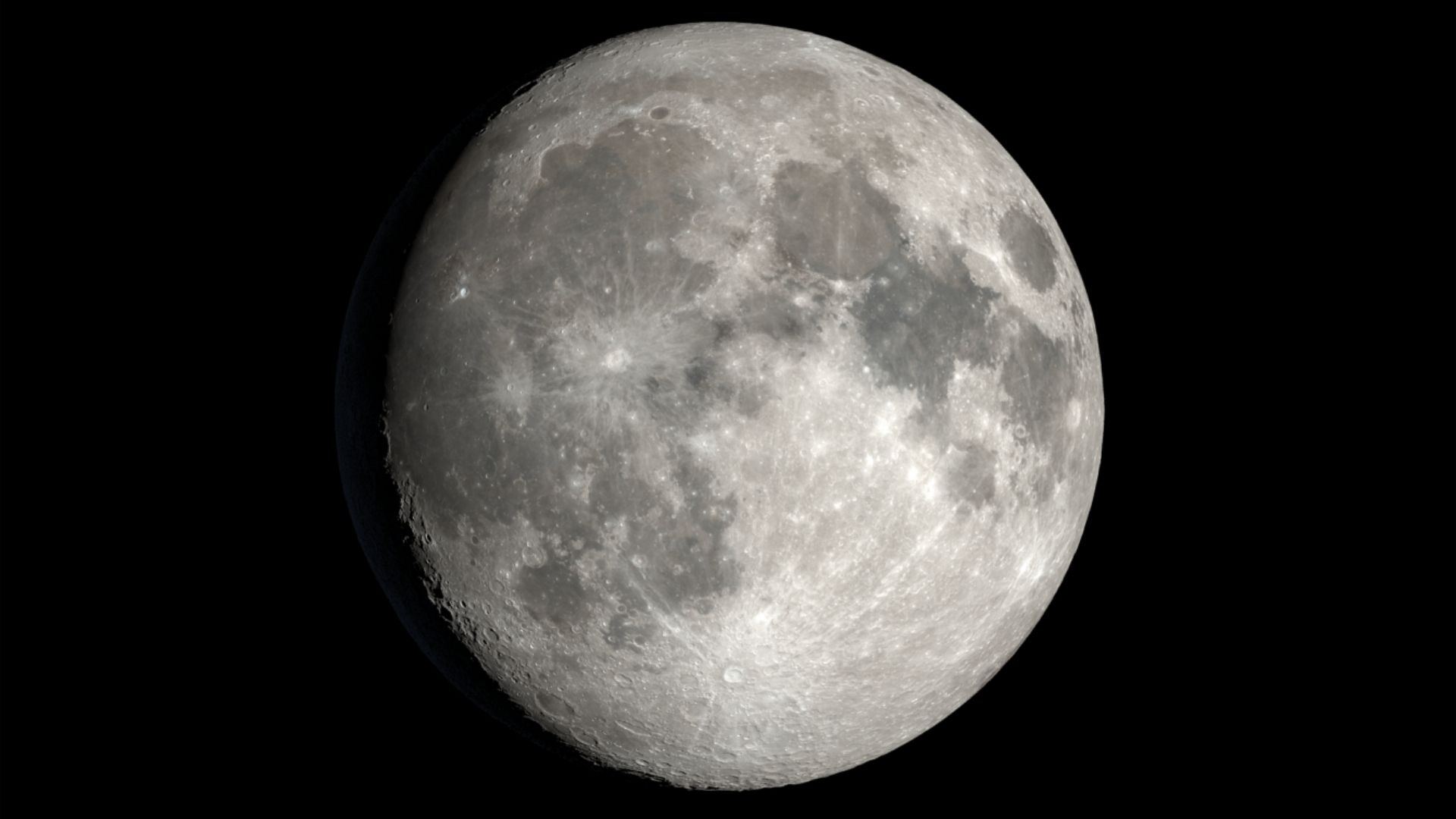Stargazers Reflect on International Observe the Moon Night 2025 as Harvest Supermoon Nears
Stargazers Reflect on International Observe the Moon Night 2025 as Harvest Supermoon Nears

Astronomy enthusiasts are reflecting on the recent International Observe the Moon Night 2025, which took place on October 4th, as the lunar disk prepares for its full moon phase on October 6th. The event, a collaborative effort by NASA and international partners, aimed to engage the public in lunar observation and education about humanity’s exploration of Earth’s natural satellite.
Participants were encouraged to explore various celestial targets visible through telescopes, binoculars, or even the naked eye. Key features highlighted for observation included the lunar terminator—the line separating night from day—which, on October 4th, fell over the extreme left side of the 95%-lit moon, just ahead of the spectacular full ‘Harvest Supermoon’. Observers were directed to craters like Pythagoras, Schickard, and Byrgius along this divide.
Further south, the vast expanse of Mare Nubium, or ‘the Sea of Clouds,’ offered views of prominent craters such as Lubiniezky, Bullialdus, and Wolf. The article also pointed out the Montes Jura mountain range bordering the ‘Bay of Rainbows’ (Sinus Iridum), known for creating a ‘Golden Handle’ effect around 11 days after the new moon phase. Additionally, the nights surrounding the full moon were identified as prime time to spot bright ejecta rays emanating from young craters like Kepler, Copernicus, and the prominent Tycho Crater, formed from reflective material cast out during asteroid impacts.
While International Observe the Moon Night 2025 has concluded, the upcoming full ‘Harvest Supermoon’ on October 6th promises continued opportunities for stunning lunar observation.
Disclaimer: This content is aggregated from public sources online. Please verify information independently. If you believe your rights have been infringed, contact us for removal.